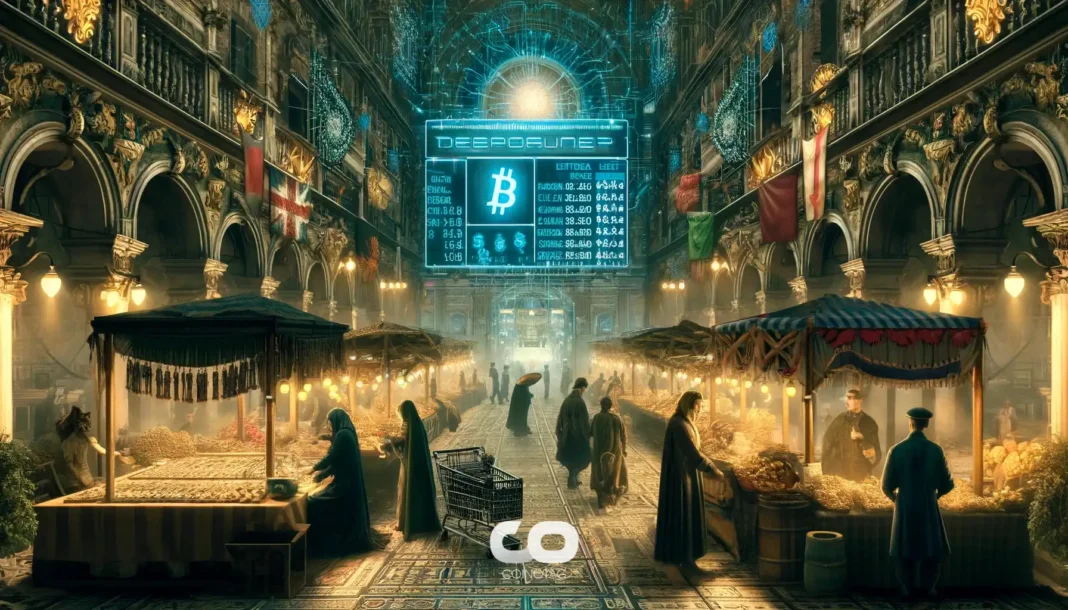-
Loopscale, a Solana-based DeFi lending protocol, recently experienced a significant security breach, resulting in the loss of approximately $5.8 million in funds.
-
This incident is notable as it accounts for about 12% of Loopscale’s total value locked (TVL), raising concerns about the security measures within emerging decentralized finance platforms.
-
“Our team is fully mobilized to investigate, recover funds, and ensure users are protected,” said co-founder Mary Gooneratne, emphasizing their commitment to user security.
Loopscale faces a $5.8M security breach, impacting 12% of its value locked. The team aims to protect users and ensure swift recovery of funds.
Overview of the Loopscale Incident
On April 26, the DeFi lending protocol Loopscale was hit by a significant exploit, where a hacker executed a series of undercollateralized loans, siphoning approximately 5.7 million USDC and 1,200 SOL from its vaults. This exploit has prompted Loopscale to temporarily halt its lending markets in an effort to protect its users and restore its operations. The funds lost represent a critical blow to Loopscale, which had recently launched its lending service on April 10 after a closed beta period. The security breach underscores the vulnerabilities that can exist within decentralized finance environments, especially concerning risk management practices.
Impact on the DeFi Landscape
The Loopscale incident reflects a troubling trend in the decentralized finance sector. According to a report by PeckShield, over $1.6 billion worth of cryptocurrency was stolen in the first quarter of 2025 alone. Notably, over 90% of these losses were linked to a single massive attack on the ByBit exchange by the Lazarus Group, a 北 Korean hacking organization. Such substantial breaches heighten scrutiny on the security protocols implemented by DeFi projects and the need for robust risk mitigation strategies to sustain investor confidence.
Understanding Loopscale’s Unique Lending Model
Loopscale distinguishes itself from conventional DeFi lending protocols like Aave through its innovative order book model. Unlike platforms that primarily aggregate cryptocurrency deposits into liquidity pools, Loopscale is designed for capital efficiency by directly matching lenders and borrowers. Launched after rigorous beta testing, this protocol aims to optimize lending strategies through specialized offerings such as structured credit and receivables financing. This offers tailored solutions that could attract a diverse range of participants in the crypto lending space.
Current Market Performance and User Engagement
Despite the recent exploit, Loopscale has attracted considerable interest, boasting approximately $40 million in total value locked and a user base surpassing 7,000 lenders. The main vaults for USDC and SOL not only provide competitive annual percentage rates (APRs) that exceed 5% and 10%, respectively, but also facilitate unique lending markets for tokens like JitoSOL and BONK. This engagement indicates the potential for recovery and growth if operational security can be assured going forward.
Conclusion
The recent breach at Loopscale raises critical questions about security practices in the DeFi space, impacting both user confidence and investor sentiment. While the protocol faces challenges in recovering funds and restoring functionality, it remains pivotal for the team to enhance its security measures to safeguard their platform and users. Their ongoing commitment to investigating the breach and preventing similar incidents in the future will determine the resilience of Loopscale in the rapidly evolving DeFi landscape.







